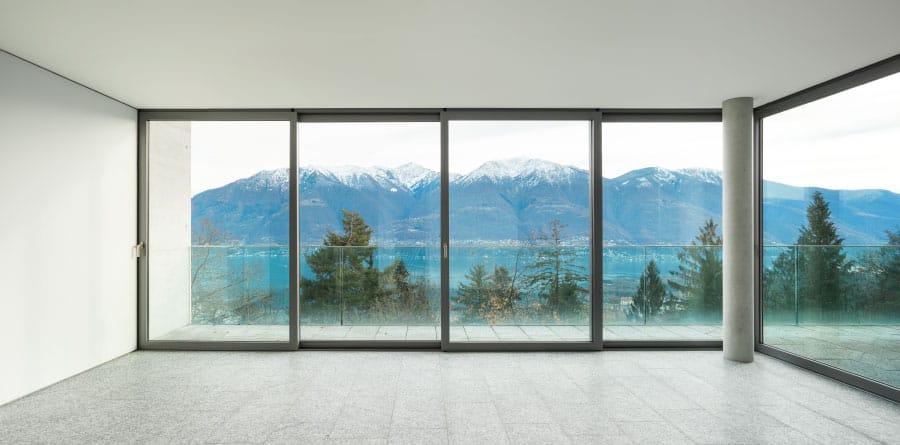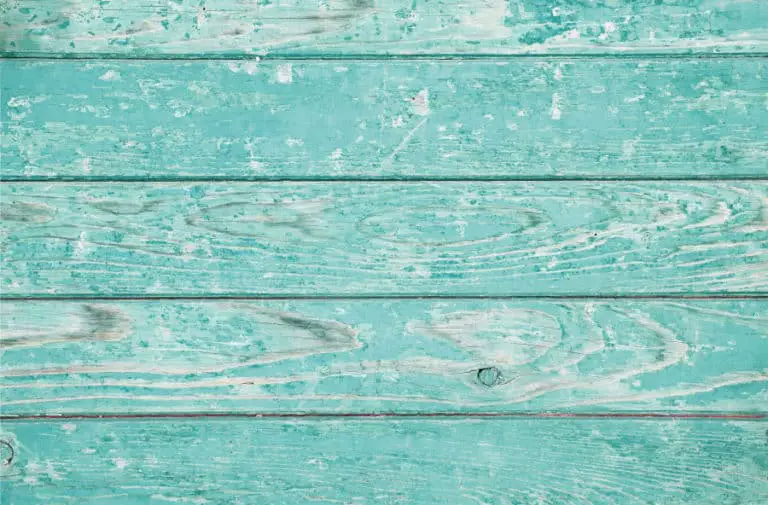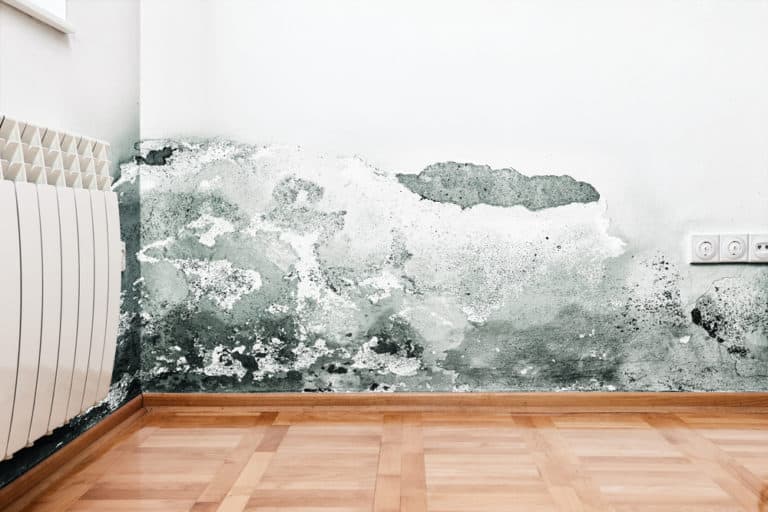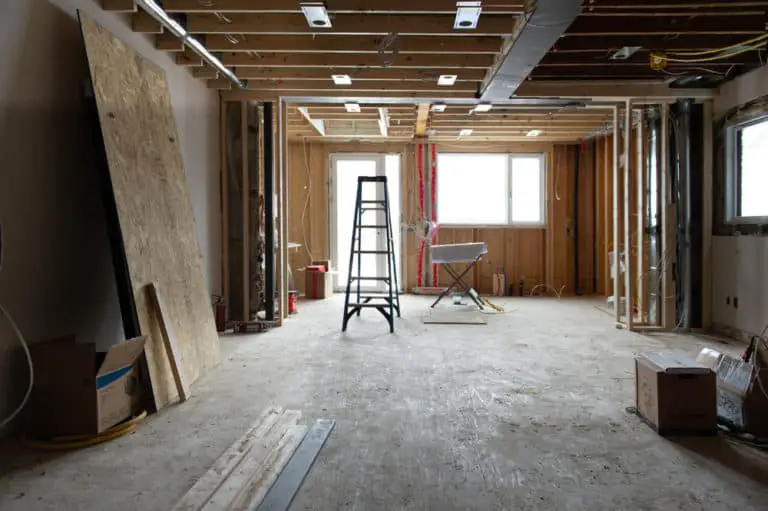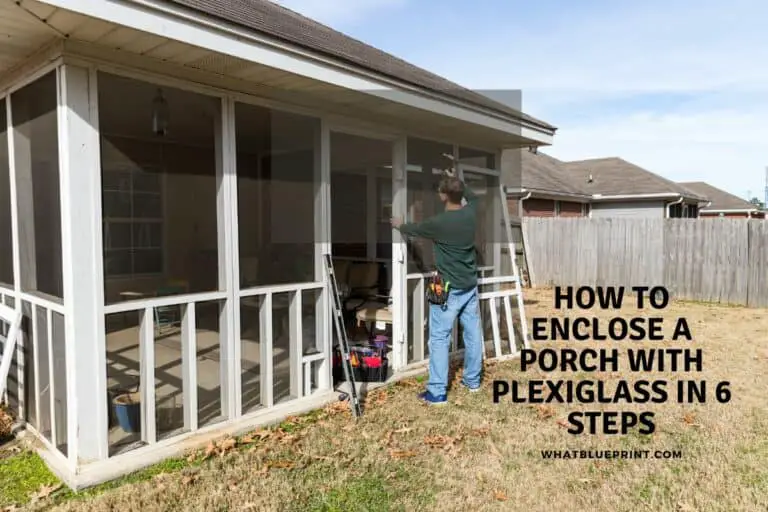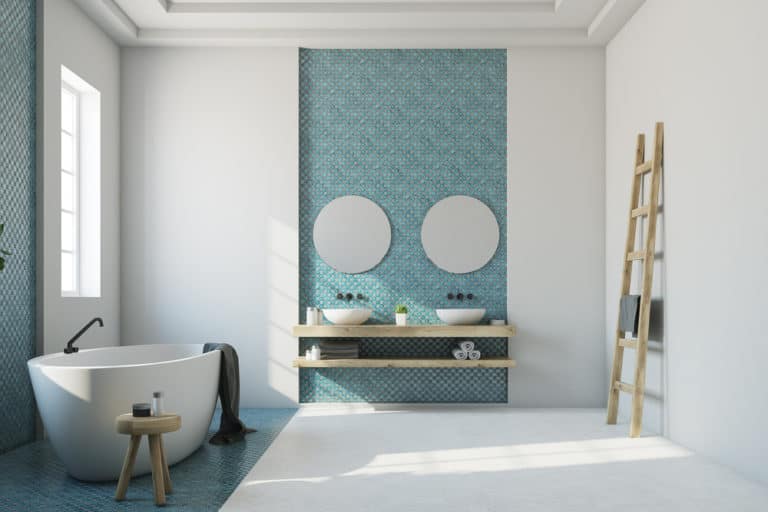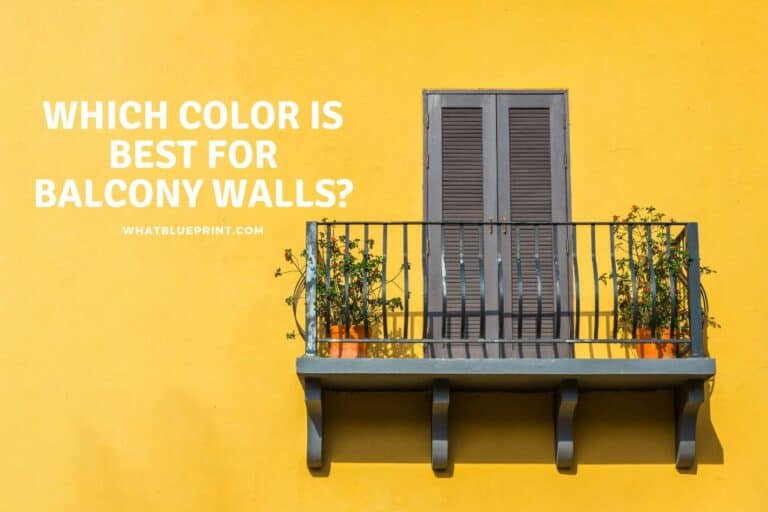Can Wallpaper Go On Glass?
Wallpaper is a popular interior finish, commonly used to add an extra flair to a room. Wallpaper has arguably the most versatility in terms of possible designs, which are practically endless, considering all the different types of wallpapers and what you can do with them.
Glass is often delegated as a material for windows, doors, furniture,
So can wallpaper go on glass? There is no reason why wallpaper would not work on glass. As long as it is installed properly and in the right context, wallpaper on glass can be a fine finish for any home.
In this article, we’ll be going into how you can use wallpaper on glass, it’s benefits, how to install it, considerations, type of wallpaper, and much more.
So read on if you plan on putting wallpaper on glass or if you just want to learn more about how wallpaper compares to other interior finishes.
Benefits of wallpaper on glass
There are many benefits specific to applying wallpaper on glass or using these two in conjunction.
- The wallpaper will last longer
This is true for wallpaper that is encased between two sheets of glass.
- Creates statement pieces
Wallpaper on glass is an uncommon and rare finish. It’s not often talked about, since glass is often used for letting light in. In the context of construction, it would seem counter-intuitive to use wallpaper as it would defeat the purpose of the glass. In turn, this makes wallpaper on glass a piece that stands out from the rest, especially if used in an unorthodox way.
- Provides artistic opportunity
The properties of glass and the properties of wallpaper can both be combined to create tasteful, new designs specific to your home.
- Adds some extra privacy
Certain windows may lead to more private spaces. If you feel uncomfortable that people can see you from the outside, wallpaper is a good option to ensure that the privacy of your home is secured.
How to wallpaper glass
Any type of wallpaper can be used on glass. The main factor that differentiates installing wallpaper on glass compared to other materials like plaster is the installation method.
The chemical properties of glass are very different compared to other materials. As such, the usual method of applying wallpaper paste will not work and will leave marks that can be seen from the other end of the glass.
The best way to wallpaper glass is to use a wallpaper that has double side adhesives.
The rationale behind the double-side adhesive is because different adhesive types are used to stick on glass and to stick on paper. The two adhesives then connect, allowing the wallpaper to stick to the glass.
Note: To ensure that the wallpaper is installed correctly, it’s recommended that two or more people work on the installation, especially for bigger glass areas. This is to ensure that both the top and the bottom of the wallpaper sticks to the glass in the proper way, proper meaning no air bubbles, wrinkles, or shortage.
In my opinion, a good finish would be to split your glass into three sheets. The middle sheet will be for the wallpapers, each wallpaper on the side, and the other two sheets will act as the exterior of the entire “glass.” It may seem like a lot of work at first, but this allows you to see the wallpaper from both inside and outside the house.
Another good finish would be to use wallpaper with a cutout pattern.
This allows for a unique design that utilizes both the aesthetic improvements that wallpaper and glass can offer. An example of this would be cutting out trees, birds, or fractal figures that would create shapes as light would enter through these openings in the wallpaper.
Considerations for using wallpaper on the glass:
- Difficult installation for particular finishes.
- It can look tacky if not utilized correctly or if using the wrong type of wallpaper.
- Not all glass types can be wallpapered.
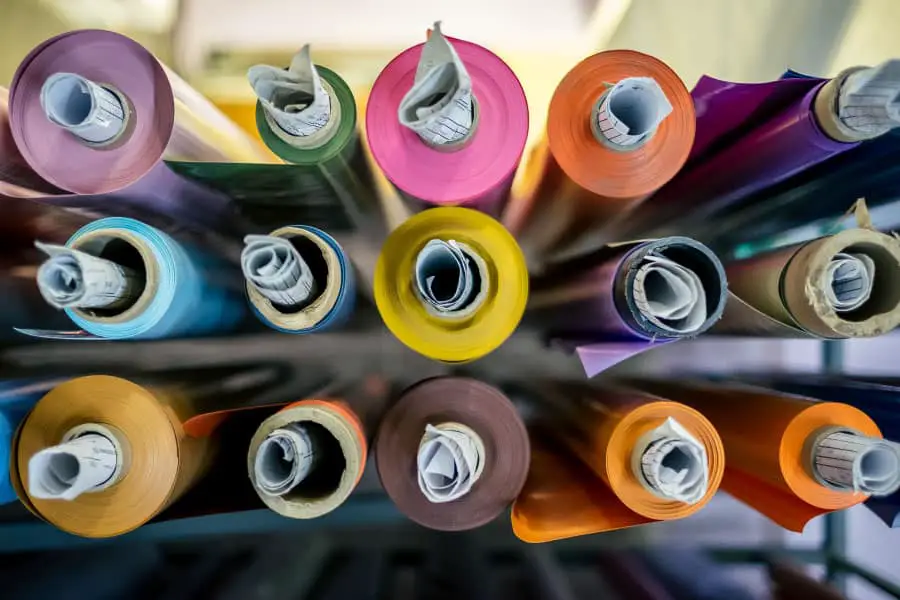
Properties of wallpaper
As the name implies, wallpaper is a roll of paper applied to interior walls to provide an aesthetically pleasing finish and to cover any imperfections leftover from construction.
The design possibilities of wallpaper are endless. Wallpapers can either have a repeating design pattern or can have a consistent repeating theme.
The use of wallpaper ranges from decorating the entire house with a singular theme to using it sparingly to highlight a certain wall/ space.
Wallpaper works best for homeowners who want more excitement in their homes. There’s not much room to play with when using painted walls as interior walls.
If you’re unsure about what’s best for you, below is a comparison between wallpaper and paint:
| Wallpaper | Paint |
| Endless design options. | Limited design options. |
| Difficult to change. | Easy to change. |
| Expensive and tedious to apply. | Cheap and easy to apply. |
| Lasts longer. | Chips and fades easily. |
Types of Wallpaper
Modern wallpaper isn’t just made out of conventional paper; some wallpapers aren’t even made out of paper at all. These variations offer different opportunities with their own specialized finishes.
These are the three main categories that wallpapers fall under:
Matte-Finish
A matte finish provides a neutral background for space. The matte finish is a sure option that can work well with any room because of its neutrality.
Glossy-Finish
Glossy-Finish pops out more to the eyes compared to other wallpapers because of how it interacts with light. The glossy finish is usually achieved by coating the paper in a polyester, plastic to reflect light.
Textured-finish
Textured finishes are the least common among the three categories. These wallpapers are fitted with organic materials such as wood or any other lightweight materials.
Properties of glass
Glass is cooled melted sand, a material rich in silicone, that gives it the following properties:
- Transparency
- Chemical Resistance
- Pressure Resistance
There are endless types of glass, such as glass fiber or container glass, but for the sake of this article, we are focusing on the most common type of glass used in homes, which is referred to as Architectural glass.
Types of Glass found in homes
Architectural glass has a chemical composition that provides additional safety, considering the size of the glasses used for homes and buildings as well as the conditions that glass experience. This makes more safety a necessity.
Aside from the chemical composition of architectural glass, the way that it is created also differs from that of other glass types. Certain glass finishes may be bulgy, warped, textured, frosted and etc. Glass can be manipulated to add more character to fixtures.
Glass is more complex than what most people take it for; exploring the different types of glass, and their designs can make any room interesting. There’s also a lot of practical benefits that come with choosing the right glass.
Conclusion
The best finishes are always the finishes that match well with your personality and what works with the rest of the space. This is what gives a space personality; not everything has to look designer perfect.
There may be times where wallpaper and glass will be a tremendous improvement to a room while there may be other times it won’t look so good, either way, it’s entirely up to you.

